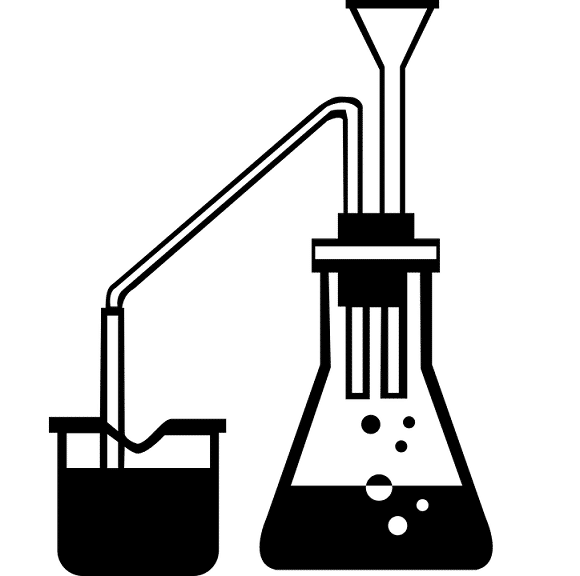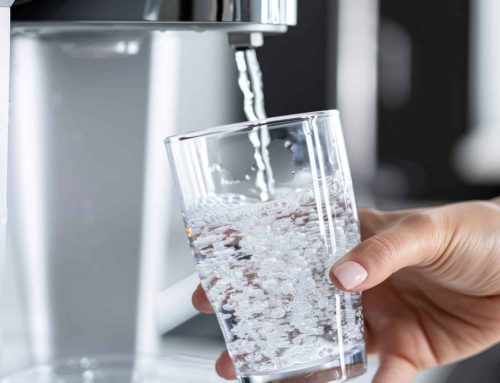Reverse Osmosis water treatment is a method of treating water in order to make it potable and which has been around for more than forty years but which has only really become popular in the past decade or so.
It is vital that we drink water regularly in order to replace the water that our body rids itself of via sweat, exhalation, urination etc. in order to keep our bodies well hydrated and in balance with our fluid levels at around 70% so that we remain healthy.
Just as important as drinking water, however, is making sure that the water that we do drink is pure and toxin-free. There are various methods of ensuring this, including distillation, filtration, purification, and reverse osmosis (RO).
Reverse osmosis was initially used to desalinate saltwater, but the decontaminating capabilities made innovative individuals to see the possibilities for both home and industrial use, and production of reverse osmosis home water purification systems soon took off.
Reverse osmosis home water purification systems have been around since the 70s; they are less costly, waste less energy and good for the eco-system, which has made them very popular.
Natural osmosis occurs when water migrates from a weaker saline solution to a stronger one. When the two solutions are separated by a semi-permeable membrane, the saline composition of each gradually equalises.
Reverse osmosis is the exact opposite of the natural osmosis process; in reverse osmosis, water from the stronger saline solution is forced through a semi-permeable membrane blocks the salt particles, into a weaker solution. This process results in desalinated water on one side of the membrane and highly concentrated salt water on the other side.
Reverse osmosis is seen as the ultimate in effective drinking water purification methods because it also removes various other contaminants. It is, however, not suited to the purification of municipally treated water because it will not remove fluoride, chlorine or volatile organic chemicals that are too small.






